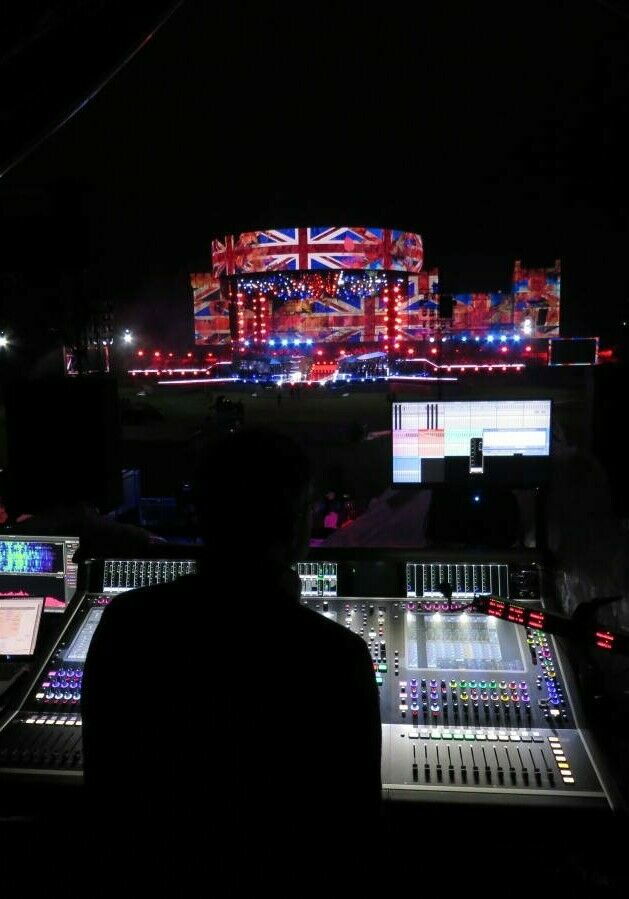Seven DiGiCo Quantum 7 consoles and SD11, 14 SD-Racks and four MiNi-Racks were deployed for the concert held to celebrate the coronation of King Charles III.
Held at Windsor Castle on May 7 in celebration of the coronation of King Charles III and Queen Camilla, performers included Lionel Richie, Katy Perry, Andrea Bocelli, Take That, the Royal Opera, the Royal College of Music and the Royal Ballet, who entertained the 20,000 attendees while also being simultaneously broadcast to millions of viewers in over 100 countries.
Ben Milton, sound designer for the event, worked with the event organisers and audio engineers to design a sound system that featured seven DiGiCo Quantum 7 consoles and SD11, 14 SD-Racks, four MiNi-Racks, supplied by Terry Tew Sound & Light.
Having been part of the audio team for the Queen’s Platinum Jubilee last year, Milton was delighted to once again be part of such a historical occasion:
"We were fortunate to have the same tried and trusted creative team for this event,” he said. “The continuity was invaluable and gave us a well – established methodology for this complex production.
“Under the direction of Julia Knowles and with Mark Sidaway as the executive producer for the BBC, Nigel Catmur as LD and Set design by Stufish, I had the privilege of reprising my role as sound designer.
“Returning for a second time was an incredible experience, one which I owe to the close collaboration with Kev Duff and Andy Deacon from Zen Broadcast Ltd. The three of us approached the project with a cohesive audio strategy, creating a harmonious blend for the entire show. With the concert being both live and televised, our aim was to make it sound good for television viewers, as well as sounding magnificent at the venue."
The circular stage featured two motifs that highlighted the event’s significance, with elements forming the Union Jack and a halo-like screen suspended on four upright pillars, enveloping the roof and symbolising the Crown.
“I had a lengthy collaboration process with the immensely talented Zarya Vrabcheva, set designer from Stufish and Nigel [Catmur] LD to shape the stage design, striving to make it beautiful,” continued Milton. “The backdrop of Windsor Castle made it all the more important to make it look and sound as special as we could.”
Milton worked with Vrabcheva to conceal the main PA, seamlessly integrating the system within the pillars which were clad in reflective mirrors, making it virtually invisible.
"The final stage design guaranteed that the audience would hear everything they needed without any difficulty in discerning the performers and presenters speaking from its farther reaches. It aimed to minimise sound spillage and colouration, ensuring the audience experienced synchronised audio across all aspects," he explains.

